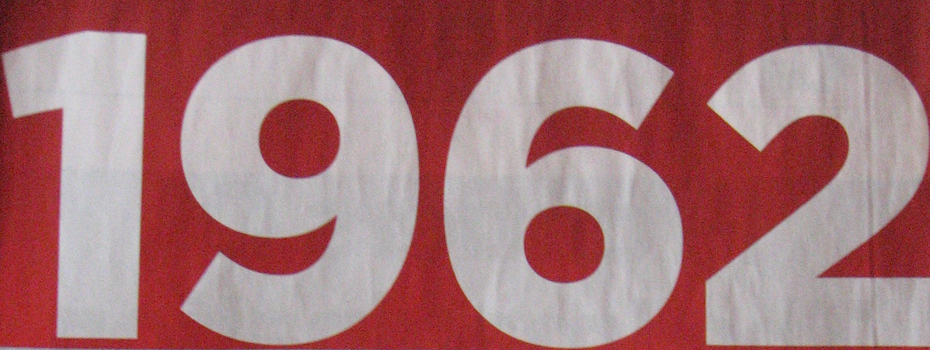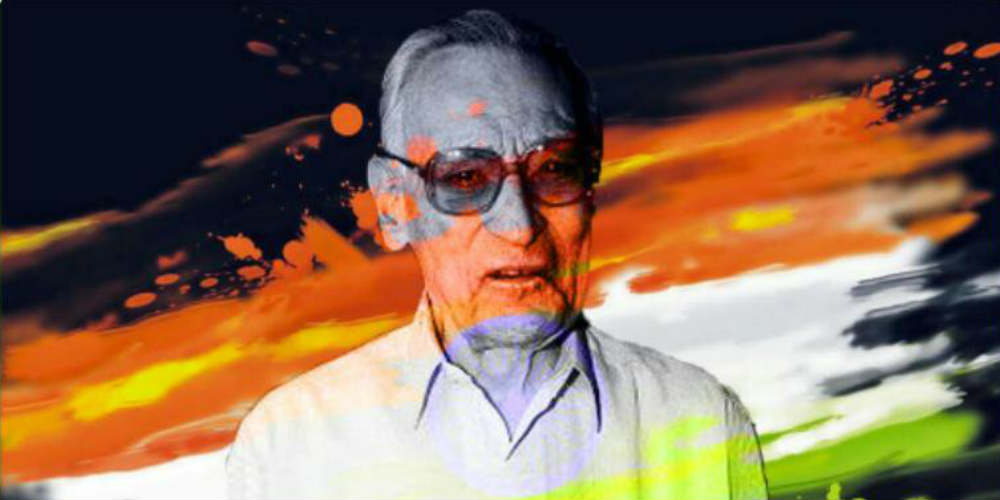The United States of America and Japan today marked 50 years of the signing of the Mutual Assistance Treaty between the two nations.
Both the countries had earlier signed a security treaty in 1951 after Japan gained full sovereignty from the Allied occupation. This treaty was revised, the talks for which began in 1959, and a new security pact was signed in Washington DC on January 19, 1960 by then Japanese Prime Minister Kishi Nobusuke.
Meanwhile, Japan’s new government has recently ordered a panel of ministers and academicians to investigate the secret security agreements between Japan and the US, which are not a part of the official security pact of 1960.
The secret agreements allowed US nuclear vessels to enter Japan. US nuclear warships have regularly visited Japan but that has never been publicly acknowledged by any Japanese government till date given the sensitivities surrounding nuclear weapons. The inquiry, ordered by Prime Minister Yukio Hatoyama, will for the first time reveal secret agreements regarding a touchy issue for the Japanese population.
Before the Japanese inquiry into its foreign ministry documents is complete, Canary Trap will bring you exclusive details of the security agreements between Japan and the US. The next post on this subject, based on the declassified documents from the US Department of State and Eisenhower Presidential Library, will narrate in detail the strategic reasons and policies that were behind these secret agreements.

